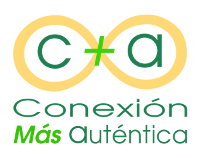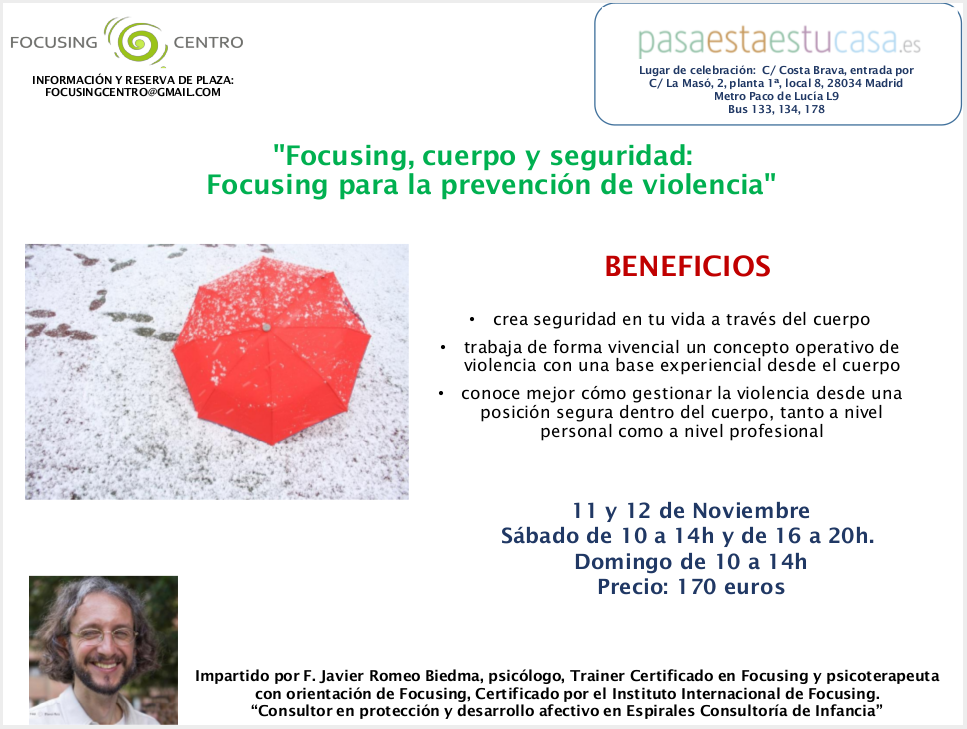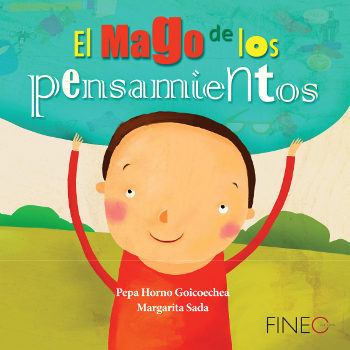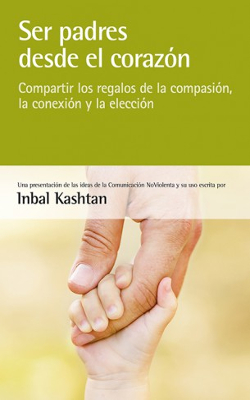Label: Education
Manual “See to Protect. Keys to understanding violence against children, girls and adolescents and to develop effective protection measures”, F. Javier Romeo and Pepa Horno for UNICEF Spain
3 May 2022.
Tags: Agenda actual, Education, CI Spirals, Training, My Classifieds, child protection, Psychotherapy, Therapy, Trauma
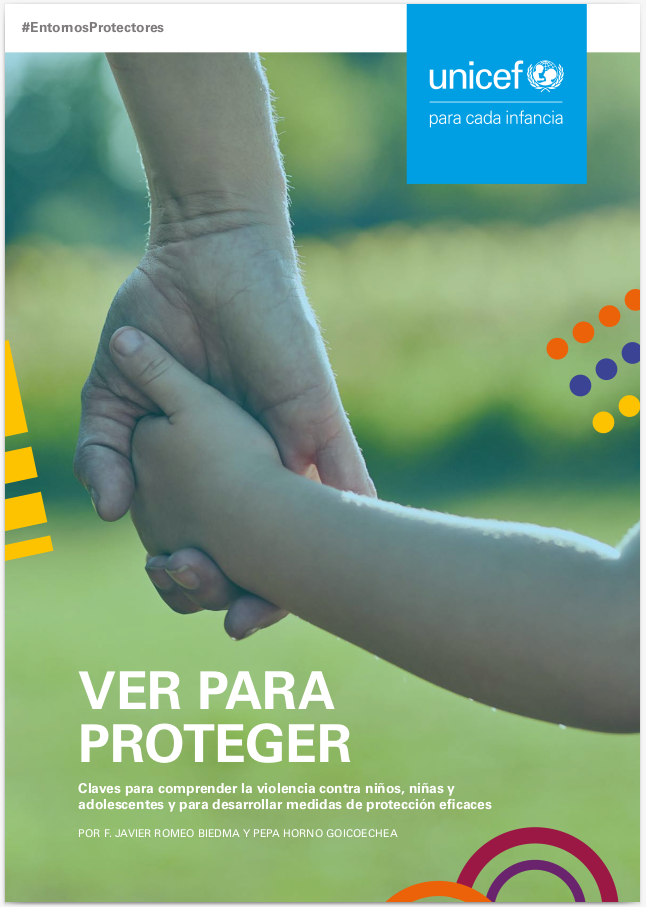 Last week the manual was officially presented see to protect. Keys to understanding violence against children, girls and adolescents and to develop effective protection measures, that we have elaborated my partner Pepa Horno and I from Spiral Consulting Children for UNICEF Spain. As usual with My publications, sector la manual entry see to protect on that blog and expand on some relevant aspects here.
Last week the manual was officially presented see to protect. Keys to understanding violence against children, girls and adolescents and to develop effective protection measures, that we have elaborated my partner Pepa Horno and I from Spiral Consulting Children for UNICEF Spain. As usual with My publications, sector la manual entry see to protect on that blog and expand on some relevant aspects here.
The manual has three elements that are significant to share here.
First, broadly systematizes the fundamental concepts to understand violence. Many people going through therapy need to understand what has happened to them and how, and although normally the accompaniment process is enough, sometimes they ask me for a reference to continue expanding. It's manual, although it is technical and is aimed at professionals who work with children, and adolescents, can also serve people with sufficient therapeutic work.
On the other hand, and expanding on that line, the manual is also useful for psychotherapists who want to update their knowledge and skills. With the activities that are proposed throughout each of the chapters we can expand our sensitivity and our ability to accompany processes that have to do with violence and trauma and with their healing.. The practical part is designed to cultivate awareness of our interventions.
By last, it is essential to remember the importance of the bodily dimension both in violence and its consequences (especially in trauma and dissociation) as in recovery. The entire manual has body aspects, and especially works on the feeling of well-being that it tries to build in the spaces that are Safe and Protective Environments.
The manual see to protect can be downloaded free of charge from the UNICEF Spain website.
I hope that is of interest, and I will love to know how you receive it.
Guide “Voices for change. Methodological guide for consulting children, girls and adolescents in residential care”, by Pepa Horno and F. Javier Romeo, for UNICEF Spain
7 October 2021.
Tags: Agenda actual, Interpersonal communication, Education, CI Spirals, My Classifieds, child protection, Other Texts
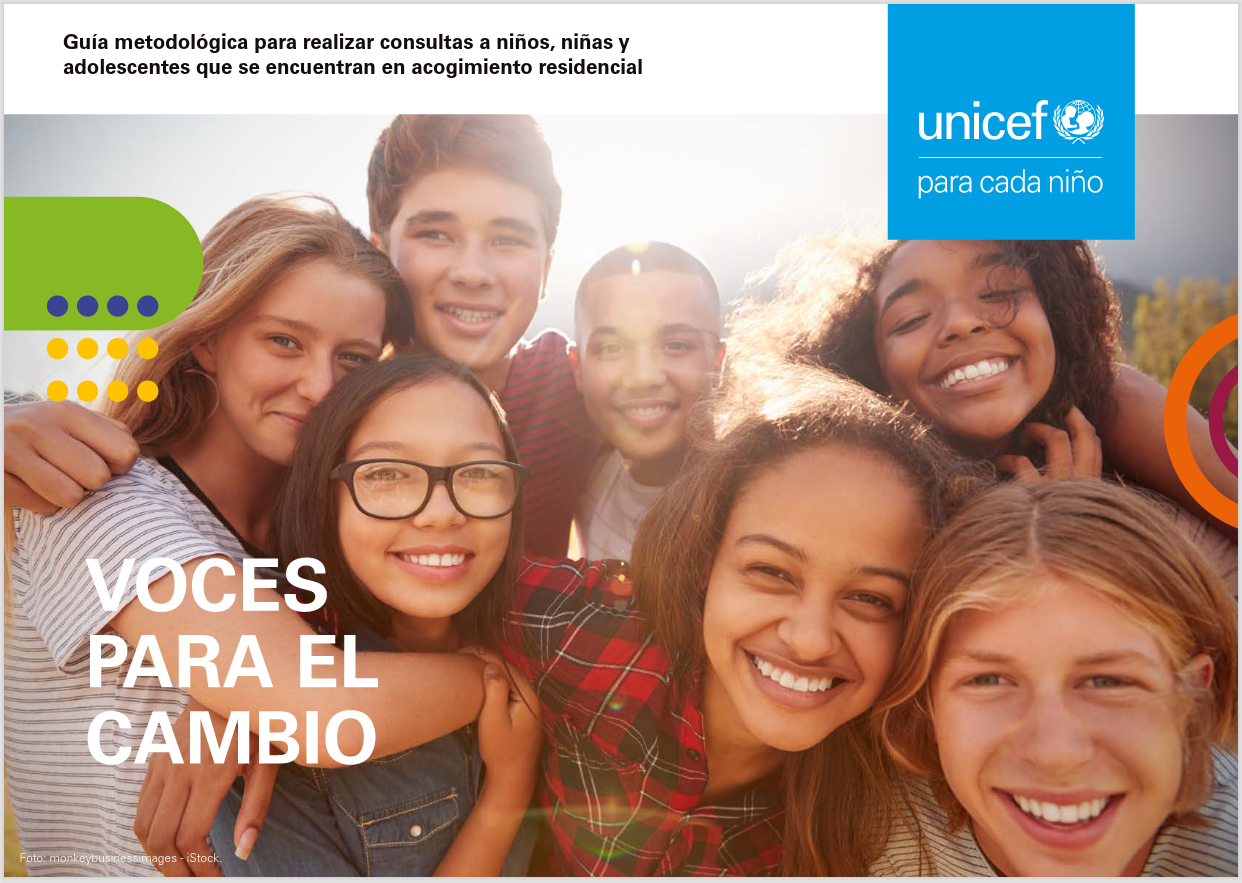 as usual, In this blog I share elements that cross my work in Spiral Consulting Children with other personal and professional interests. In this case I have the satisfaction of sharing the guide Voices for change. Methodological guide for consulting children, girls and adolescents in residential care, what we make Pepa Horno and I stop UNICEF Spain.
as usual, In this blog I share elements that cross my work in Spiral Consulting Children with other personal and professional interests. In this case I have the satisfaction of sharing the guide Voices for change. Methodological guide for consulting children, girls and adolescents in residential care, what we make Pepa Horno and I stop UNICEF Spain.
It was a satisfaction to receive the commission to systematize this methodology in writing in an affordable way.. Part of our work when accompanying public and private entities of protection systems here in Spain and in other countries in their improvement processes consists of having the eyes of their protagonists: children, girls and adolescents living in protection centers. And they are specialists in their own lives, and often the institutions forget to ask them, unfortunately.
That is why it is a great joy that UNICEF Spain, within its work in promoting child and youth participation, has invited us to present a simple methodology to consult these children, and adolescents. We talk more about it in the blog of Spiral Consulting for Children.
Inside it is a technical and practical guide, For me, the aspect of the interpersonal communication: how can we adults talk, how we can create the right space and how we can listen to children, and adolescents. The words we use can open communication or close it, That is why the formulas that we present are very clear.: respect, inclusion and protagonism of the children themselves, and adolescents.
And we have also insisted on flexibility and adaptation to all children, and adolescents, providing guidelines to accommodate the intervention to functional diversity, cultural diversity (especially the unaccompanied migrant boys and girls) and those with mental health issues and trauma. Their voices, as we say in the title, well heard, can make a change for the better in their lives.
I hope you like it and that you find it interesting.
Artículo “We accompany with the person that we are” within the initiative “Renewing from within”
15 September 2021.
Tags: Agenda actual, Interpersonal communication, Education, CI Spirals, Focusing, My Classifieds, For parents, Psychotherapy, Therapy, Experiences
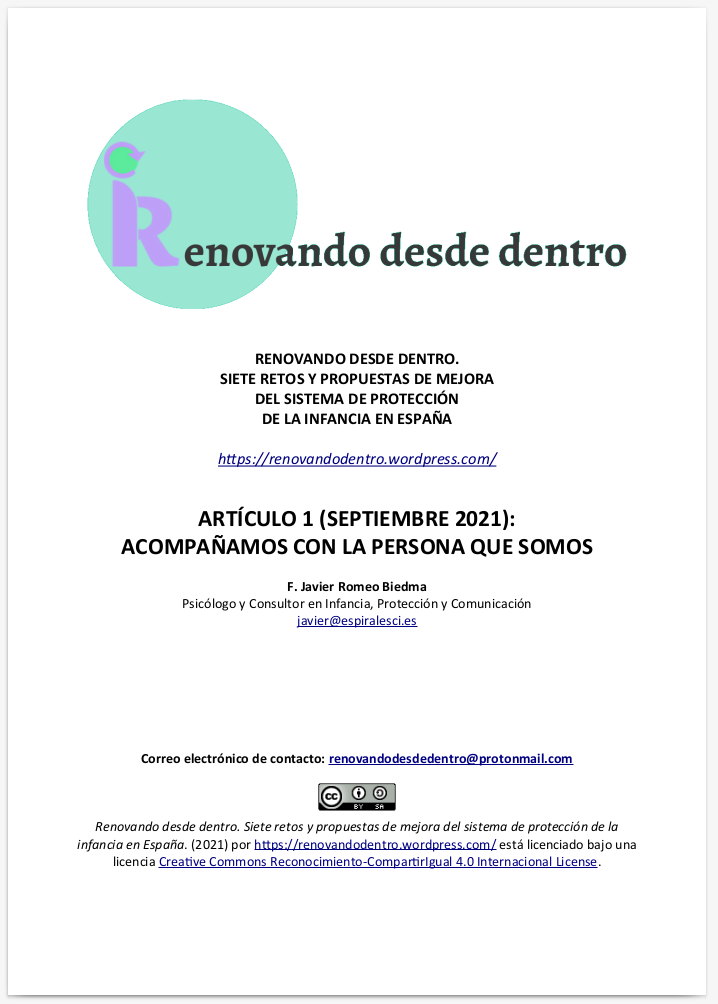 Part of my work as a psychologist and companion in personal and organizational processes consists of finding ways to communicate complex messages through metaphors and analogies.. In the initiative “Renewing from within”, that I already presented in this other post, we set out several challenges and proposals to improve the child protection system, girls and adolescents in Spain (And in the rest of the world).
Part of my work as a psychologist and companion in personal and organizational processes consists of finding ways to communicate complex messages through metaphors and analogies.. In the initiative “Renewing from within”, that I already presented in this other post, we set out several challenges and proposals to improve the child protection system, girls and adolescents in Spain (And in the rest of the world).
This month I have collaborated with the article “We accompany with the person that we are”, that uses analogies between the measures we are taking in the face of the pandemic and the aspects we need to take care of when accompanying children, girls and adolescents who have suffered a lot. It is a way of bringing awareness to our way of being and doing, both personally and professionally.
And you will see that, as usual, I insist on the importance of training in trauma and remember the value of Focusing, I find it a very useful tool on a day-to-day basis..
I would love to know what you think and how you live it.
Manual “Accompanying the wounds of the soul. Trauma in childhood and adolescence”
12 November 2019.
Tags: Agenda actual, Education, CI Spirals, Eugene Gendlin, My Classifieds, Psychotherapy, Therapy, Trauma
As a psychologist I divide my professional time between clinical practice accompanying people in their therapeutic process in Madrid and advice and training organizations related to the protection of children, and adolescents from Espirales Children Consulting. That's why I am pleased to present the manual Accompanying the wounds of the soul. Trauma in childhood and adolescence, I have prepared for the Regional Office of SOS Children's Villages in Latin America and the Caribbean.
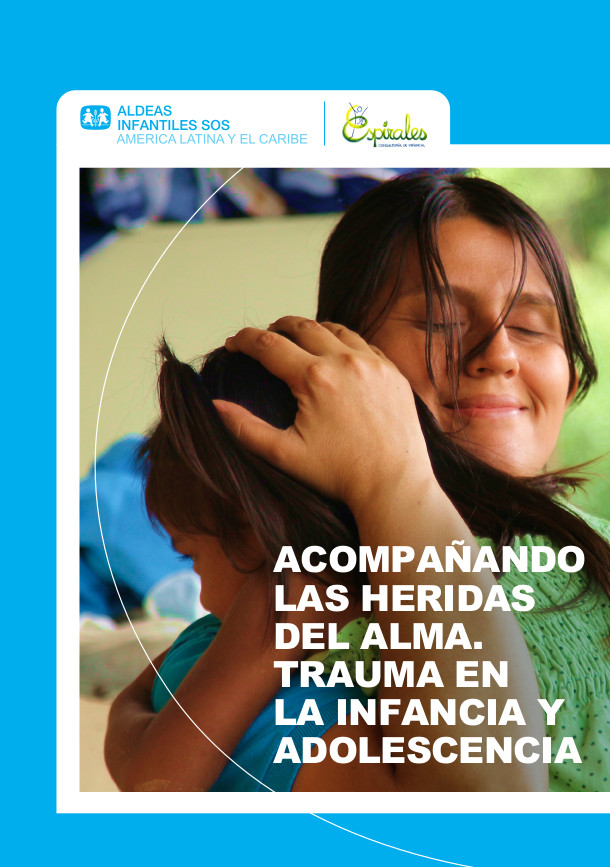 For more details on this publication, its contents and other publications related to child protection, you can read this blog entry Espirales CI.
For more details on this publication, its contents and other publications related to child protection, you can read this blog entry Espirales CI.
Two versions of the document:
- Accompanying the wounds of the soul. Trauma in childhood and adolescence, a single page (comfortable printer for printing and reading in mobile or tablet).
- Accompanying the wounds of the soul. Trauma in childhood and adolescence, a double page (to see on the big screen or for printing on printing).
In this blog I have only to add that the explanation of the trauma as a process is based on A process model (A Process Model) Eugene Gendlin de, and explanations of emotional blockages that have met the trainers and coordinators Focusing Ann Weiser Cornell and Barbara McGavin. You can find citations to specific sources on pages 16-20 of the text.
I hope the good results.
Taller “Focusing, body and safety: Focusing for the prevention of violence” in Madrid 11 and 12 of November 2017
12 November 2017.
Tags: Agenda filed, Education, CI Spirals, Focusing, Focusing in Spain, Focusing en Madrid, Training, For parents
Raise awareness of the body as a place of protection against violence is one of my key professional priorities. This workshop, “Focusing, body and safety: Focusing for the prevention of violence” I combine my job more than a decade dedicated to protecting children against various types of violence (the last eight years Spiral Consulting Children) with technical power Focusing, which it has helped me both personally and professionally.
Focusing may provide a new way to create security in our lives through the body. All people we want to be treated well, with respect and consideration. However, witness violence at various levels frequently. If we are also in contact with children, and adolescents, both in our families and from our work, we see many situations of violence and ask ourselves how to prevent it. This workshop is geared to work so vivencial an operational concept of violence with an experiential base from the body. So we can identify violence from our body while we can act more clearly and protective way in our lives and in our professional field.
This workshop is aimed at people interested in learning more about how to manage violence from a safe position within the body, both personally and professionally (social intervention specialists from psychology, psychotherapy, social work, educación…). Focusing prior knowledge they are not needed (although it will be an advantage). This workshop is a recognized monograph for obtaining the Diploma in Focusing of Focusing Spanish Institute.
Date: sábado 11 November 2017 of 10:00 a 14:00 and of 16:00 a 20:00 and Sunday 12 November 2017 of 10:00 a 14:00.
Place: Space “Spend this is your home”
C / Costa Brava, input C / La Masó 2, plant 1, local 8
28031 Madrid
(Metro Paco de Lucía, line 9; buses 133,134 and 178)
Price: 170 euros.
More information and registration Focusing Centro, organized training: focusingcentro@gmail.com
I hope that is of interest,
[Original entry 16 October 2017, actualizada a 12 November 2017, date formation].
Story “The Wizard of thoughts” Pepa Horno on listening to the body by caressing
11 July 2016.
Tags: Education, CI Spirals, Focusing, For boys and girls, For parents, Textos Focusing, Other Texts
In line continue to celebrate the publication a year ago tales of Pepa Horno, my good friend and partner in Spiral Consulting Children (where we work on issues of affective education in childhood), This complements entry the previous one, referring to his book The language of trees. this story, The Wizard of thoughts, It has been published by the Editorial Phineus with illustrations Margarita now.
Pepa same account his intention for this book with the following words:
The Wizard of thoughts He speaks of fondling, and how caresses and massages serve to emotional self-regulation, for these children than adults say they still do not stop, who fail to sort their thoughts, or silence them or concentrate ... For these children have a "magic" trick to put some order within himself. In those thoughts that basically are but the fruit of his extraordinary sensitivity.
To this I add that it is a story that can be adapted perfectly to teach Focusing boys and girls for the following reasons:
- Presents a positive and welcome sight of thoughts, sensations, feelings, emotions and experiences in general with children (and we also have adults): what is within us it makes sense if you provide adequate listening.
- Children can do concrete things to pay attention to their internal experiences, so these calm down (and, although not explained in the story, Also to be deployed), and those who are around him can accompany.
- Internal experiences are accompanied by more effectively with any physical action. Pepa proposed in the story caresses the areas involved (head of the protagonist, in this case), but explained on the last page, “Words for the soul of adults”, there may be many other ways, whenever it involves the body.
So I heartily recommend this book as a way to present the Focusing in a manner adapted to children.
I hope you will like it as much as me,
Xavier
my article “Play the yes’ in the 'no'” (2011)
14 December 2015.
Tags: CNV, Interpersonal communication, Education, CI Spirals, My Classifieds, For parents, Texts CNV
This weekend I had the honor of participating in the I Congress on Emotional Education Navarra, organized by Formed parents. It was a conference organized with great interest, with great care and a good dose of courage. My presentation was specifically about “Affective education that protects against sexual abuse”, one of the themes that work from Spiral Consulting Children, of which I am a founding member. But in the end there was a panel discussion with questions for all speakers, we were sharing with the moderation of Sonsoles Echevarren, journalist from Diario de Navarra. It was a very interesting time, and although the questions were addressed to each speaker, at the end there were many in which we participate several more. In this context a very interesting question arose, “How do you listen to a child who refuses to leave the park?”. interesting and valuable answers were given, and I brought my contribution: “Listening yes’ in the 'no'”.
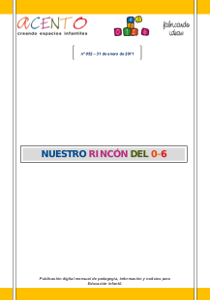 Rescue in this blog because my article 'Listen to “yes” in the “no”‘, which it was published in the number 52 (January 2011) Magazine Our corner of 0-6, published by ACCENT (He continues no longer releasing new numbers, although still available). This article development more broadly what I argued then: When a person (and a boy or girl is also a person) dice “no”, He is saying “yes” many things, and if we listen to the entire message, we can create a deeper connection and find a satisfactory solution for all parties. The article begins:
Rescue in this blog because my article 'Listen to “yes” in the “no”‘, which it was published in the number 52 (January 2011) Magazine Our corner of 0-6, published by ACCENT (He continues no longer releasing new numbers, although still available). This article development more broadly what I argued then: When a person (and a boy or girl is also a person) dice “no”, He is saying “yes” many things, and if we listen to the entire message, we can create a deeper connection and find a satisfactory solution for all parties. The article begins:
mother, two and a half years, She does not want her coat to go outside. Joseph, four years, You do not want to lose the swing to go home. Irene, of five years, He does not want to go to sleep. Why not do those things that as adults we seem perfectly reasonable?
And what do we do next? ¿We yield and do what they want? Then we feel bad because we are not working to their education, and also it gives us the feeling of leaving aside what we as people also want. Would you force them to do what we want? Then we have guaranteed discussion and bad environment for a long time, long term and we are teaching them that in the end the important thing is to have power or strength, and that dialogue only serves when it is weak. In my personal and professional experience there is a third way, based on a deeper communication in each of these situations. And one of the skills that we developed in the workshops I facilitate is the ability to listen to what they say “yes” our children when they say “no”.
Download the full article “listen to the “yes” in the “no”‘
Hope you find it interesting.
Xavier
My article on “Children and death”
31 October 2015.
Tags: Interpersonal communication, Mourning, Education, My Classifieds, For boys and girls, For parents, Psychotherapy, Therapy, Other Texts
In these final days of October the theme of death more frequently in the lives of children arises. Since the celebration of the Day of the Dead in certain families to all events of a different color of the Halloween, the reality is that it is a time when children can ask questions about death, and it is convenient to have prepared certain attitudes and listening spaces and answers.
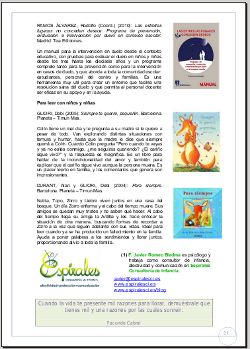 I wrote in 2011 an article that recovery here, “Children and death”, to remember some useful clues. In the article, published in the journal Our corner of 0-6 - ACCENT directed Childhood Education, They explore three key areas:
I wrote in 2011 an article that recovery here, “Children and death”, to remember some useful clues. In the article, published in the journal Our corner of 0-6 - ACCENT directed Childhood Education, They explore three key areas:
- The perception of death at different ages (between zero and six years, which it is the subject of the magazine).
- Some basic guidelines to accompany children to death.
- recommended reading, separate readings for families and professionals and stories to read with children.
Article framing and start with this paragraph:
For a long time it was thought that children did not suffer grieving process until older ages. However, research in the field of addiction have shown that pass through grieving process from the earliest ages, although it does not manifest like adults until later. Therefore it is necessary to speak of death (and not hide it for fear of damaging them) when it happens (or when it will happen, in the case of terminally ill), to understand 1) that the person is definitely going and 2) that the person does not leave voluntarily, and also so they can say goodbye, because if these concepts are not clear and not a farewell occurs, a pathological mourning may appear. And so it is important that we listen and pay attention to what happens inside when the death occurs in their lives.
[cite as: ROMEO BIEDMA, Francisco Javier (2011): "Children and death" Our corner of 0-6 - ACCENT, 60, 17-21.]
I hope that these reflections will serve to accompany this topic to children in your environment. Death is an inevitable part of life, and how better integrate, They will live more fully, our children and us.
I wish you a commemoration consciousness,
“Connect with Respect” (“Respect for Me, Respect for You”), Bridget Belgrave material for Nonviolent Communication work with adolescents and young
18 September 2015.
Tags: CNV, Interpersonal communication, Education, Training, In English, Texts CNV, Videos
Last weekend 12 and 13 September 2015 I have had the privilege and pleasure of working again Bridget Belgrave. As I mentioned in this post, I met Bridget Belgrave already Gina Lawrie, Certified trainers for the Center for Nonviolent Communication (Center for NonViolent Communication, CNVC), in 2009 and from that moment we began to work together to translate NVC Dance Floors the Castilian. Completed translations finally saw the light in 2014, with some illustrative videos that can be viewed I made this entry for release. Association for Nonviolent Communication It has organized a series of training courses in Madrid, Bilbao and Barcelona during September 2015, and for me it has been a pleasure to work again with Bridget Belgrave support team with the translation from English into Castilian and vice versa.
In preparing the workshop I have spent time reviewing all the materials I have the NVC Dance Floors and of Bridget en particular. And valuing all materials, each with its wealth, there is one that is still my favorite. In fact, Bridget invited me to share my vision at some point of the workshop, and I happened also to extend my recommendation in this blog.
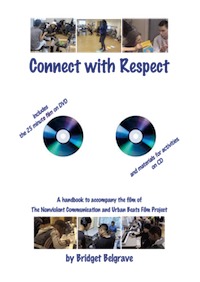 The material in question is only in English and not have subtitles or translations available, but I hope that does not discourage approach him. “Connect with Respect” (“Connect on respect”, literally translated into Castilian) is a multimedia material documenting a project that made Bridget Belgrave 2004 with 21 adolescents and young adults with an average age of seventeen. The project was proposed as an intervention to train boys and girls in situations of social difficulty Nonviolent Communication, within the framework of a workshop building urban rhythms, for ten weeks.
The material in question is only in English and not have subtitles or translations available, but I hope that does not discourage approach him. “Connect with Respect” (“Connect on respect”, literally translated into Castilian) is a multimedia material documenting a project that made Bridget Belgrave 2004 with 21 adolescents and young adults with an average age of seventeen. The project was proposed as an intervention to train boys and girls in situations of social difficulty Nonviolent Communication, within the framework of a workshop building urban rhythms, for ten weeks.
Why recommend? Here is a summary of my reasons:
- The DVD with the film, of 25 minute. Collect the key moments of the project, recorded therefore the three trainers as by young people themselves, and edited in collaboration with them. In fact, as told in a passage, the fact of viewing previous sessions helped them all become more aware of their own learning and getting behaviors that would be well suited to the needs of everyone. It is a graph document lets put faces (and sounds) to different situations, and lets figure out how to apply it in other contexts.
- The video is supplemented with the second part of the book, “Guide to the Film” (“Guide for the film”), on which sequence by sequence discussed everything that happens: each situation, how teaches Nonviolent Communication, Practice times, the real conflicts that arise… This will better understand the intent of each activity and the difficulties encountered and how they were addressed.
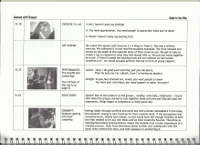
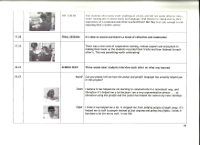
- And the third part of the book contains the complete program, ten weeks with all their detailed exercises and all materials also typeset (English), as well as incorporating a CD-ROM with the file of each material in PDF ready to print. Obviously the video does not collect all the exercises, so it is very useful to see the progression activity to activity, with the ability to replicate.
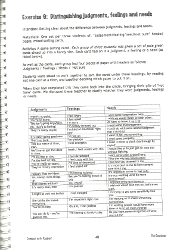
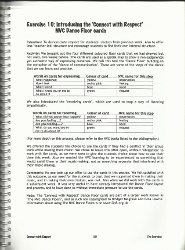
- The availability of a translation of what the Dance floor itself to Castilian, with title “Respect for Me, Respect for You”, within the complete package Dance Floors.
- And the caveat Bridget Belgrave not attempt a project of this type without having one hand a strong background and experience in Nonviolent Communication, and secondly an educational team with some basis of CNV and experienced in working with adolescents. I made some of these exercises with adolescents and youth at risk in Madrid and went well, so I'm available.
In summary, a material worth seeing, read, reread and implement. And you can buy in its online store, Life Resources.
And if you want more clarification, You can call me on my phone contact and discuss what you want.
I hope we can soon have more projects of this style here!
Xavier
Book “Parenting from the heart” de Inbal Kashtan
6 May 2015.
Tags: CNV, Interpersonal communication, Education, For parents, Texts CNV
“According to my experience, the practice of Nonviolent Communication with young children is more a matter of what happens inside me-that way I talk to myself about what is happening with me and my son to negotiate. However, I also want to express in words my understanding of what is happening for both, at least part of the time, even if I think my child does not understand the language, because it helps me connect with the feelings and needs of both. That, at the same time, helps me calm down and find strategies that do work for both. I also want to speak aloud because I think this is the way to acquire language and emotional literacy.” (Inbal Kashtan, Parenting from the heart, page 38)
When people involved in my interpersonal communication workshops have sons or daughters who are in childhood or adolescence, or work with those ages, typically they arise “Yes, This way of communicating is very well among adults, but to see how I tell my son / niece / student / daughter…”. If time, practice communicating with children in training, but often I can only indicate possible suggestions and explorations. We now have a new resource, that lets you family communication to another level. This is not only to resolve conflicts (that also), but to create a more authentic connection type, deeper and more powerful, that prepares children for more resiliently life.
With this sensitivity Inbal Kashtan wrote his book Parenting from the heart. Share the gift of compassion, connection and choice, published last year in Castilian by Editorial Acanto. Inbal Kashtan, forming Nonviolent Communication and mother of a child, he led for years the work of Nonviolent Communication within the family, especially from parents to their children. Inbal died in September 2014, but his legacy continues baynvc (an organization that disseminates Nonviolent Communication from San Francisco Bay, California, of which he co-founded) and his writings (in addition to this book, You can read some of his articles about family communication in English baynvc). This blog also wants to be an acknowledgment and a tribute to his life and work.
I recommend this book both for those who come for the first time to Nonviolent Communication and for those who want to deepen their practice with children. Hope you enjoy the.
Xavier
